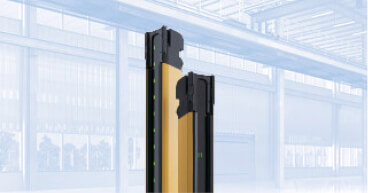Five things to consider when selecting a safety light curtain
Published on 21 July 2020 in Sustainable Manufacturing

We are experiencing technical difficulties. Your form submission has not been successful. Please accept our apologies and try again later. Details: [details]
DownloadWe are experiencing technical difficulties. Your form submission has not been successful. Please accept our apologies and try again later. Details: [details]
DownloadFill in your details below and get direct access to view content
We are experiencing technical difficulties. Your form submission has not been successful. Please accept our apologies and try again later. Details: [details]
DownloadYou now have access to Five things to consider when selecting a safety light curtain
A confirmation email has been sent to
Continue to pagePlease log in or get direct access to download this document
Published on 21 July 2020 in Sustainable Manufacturing
